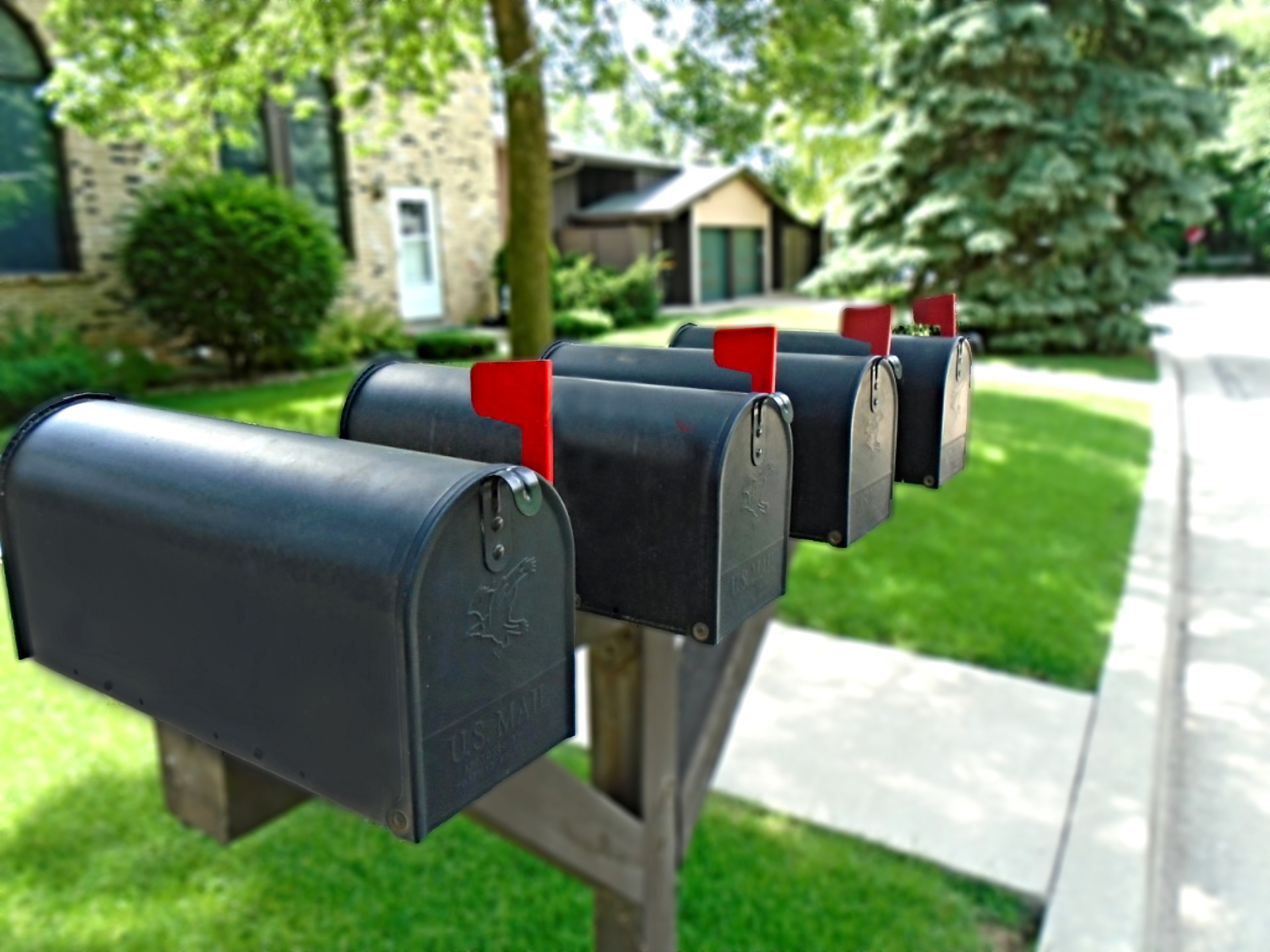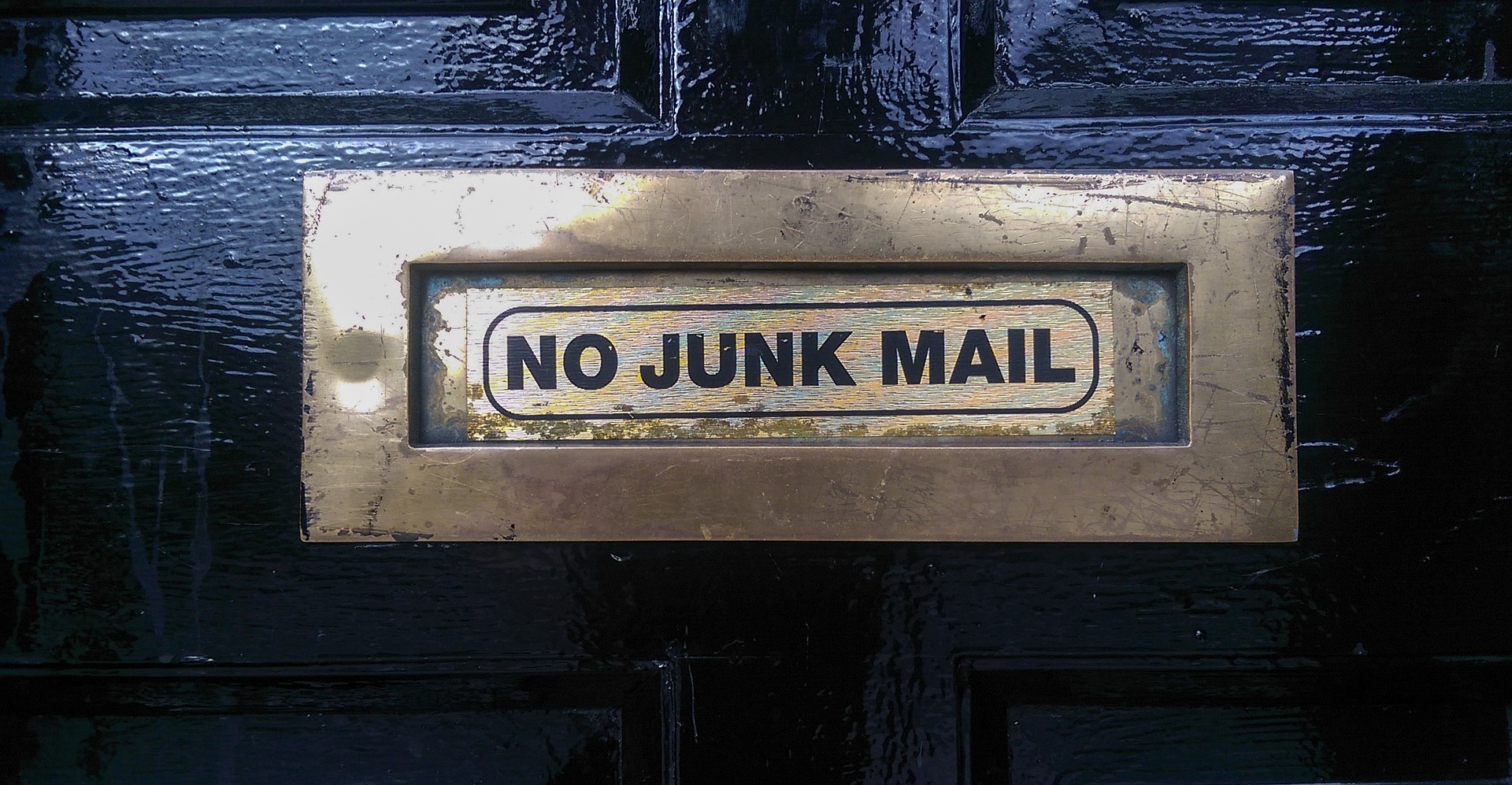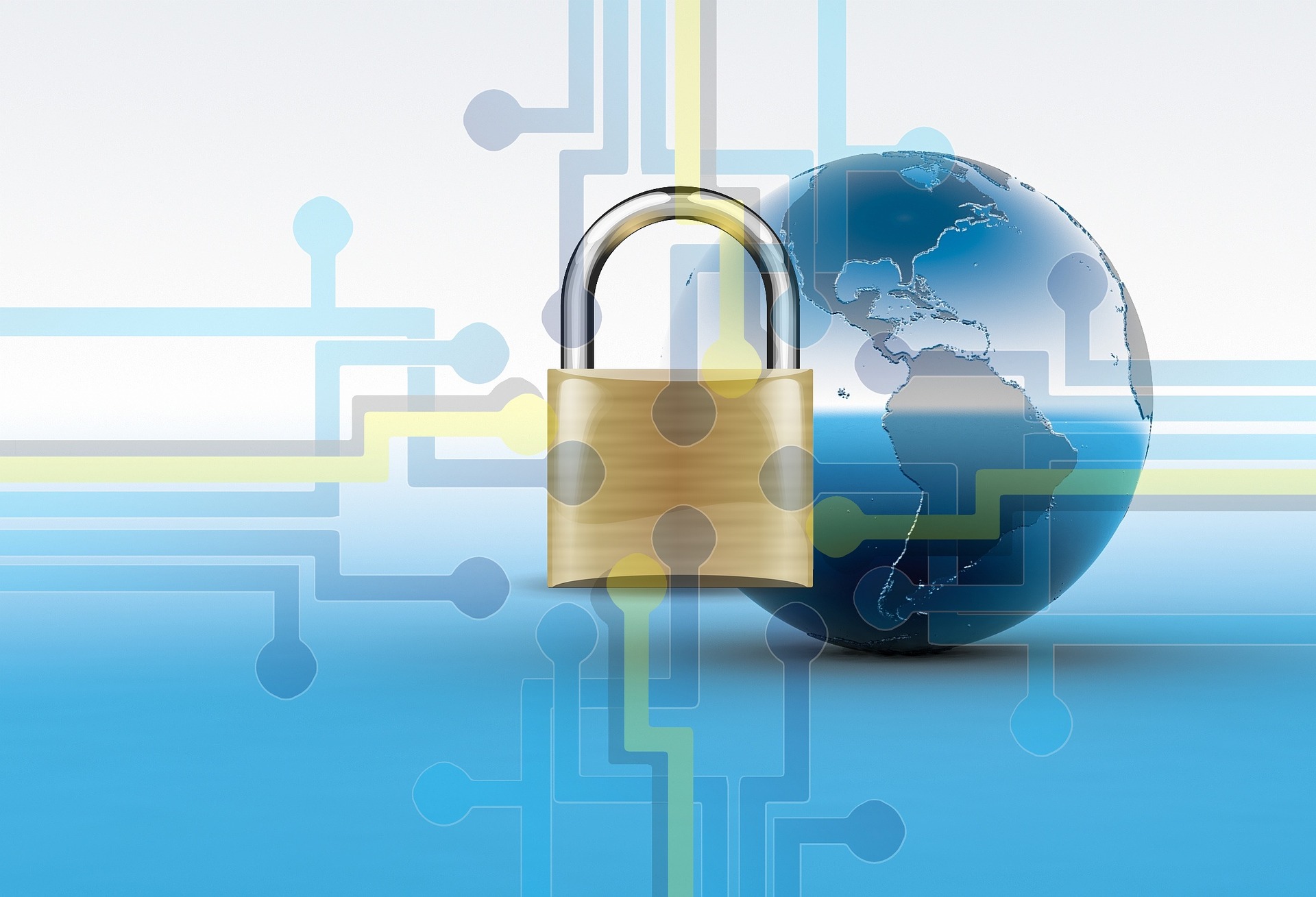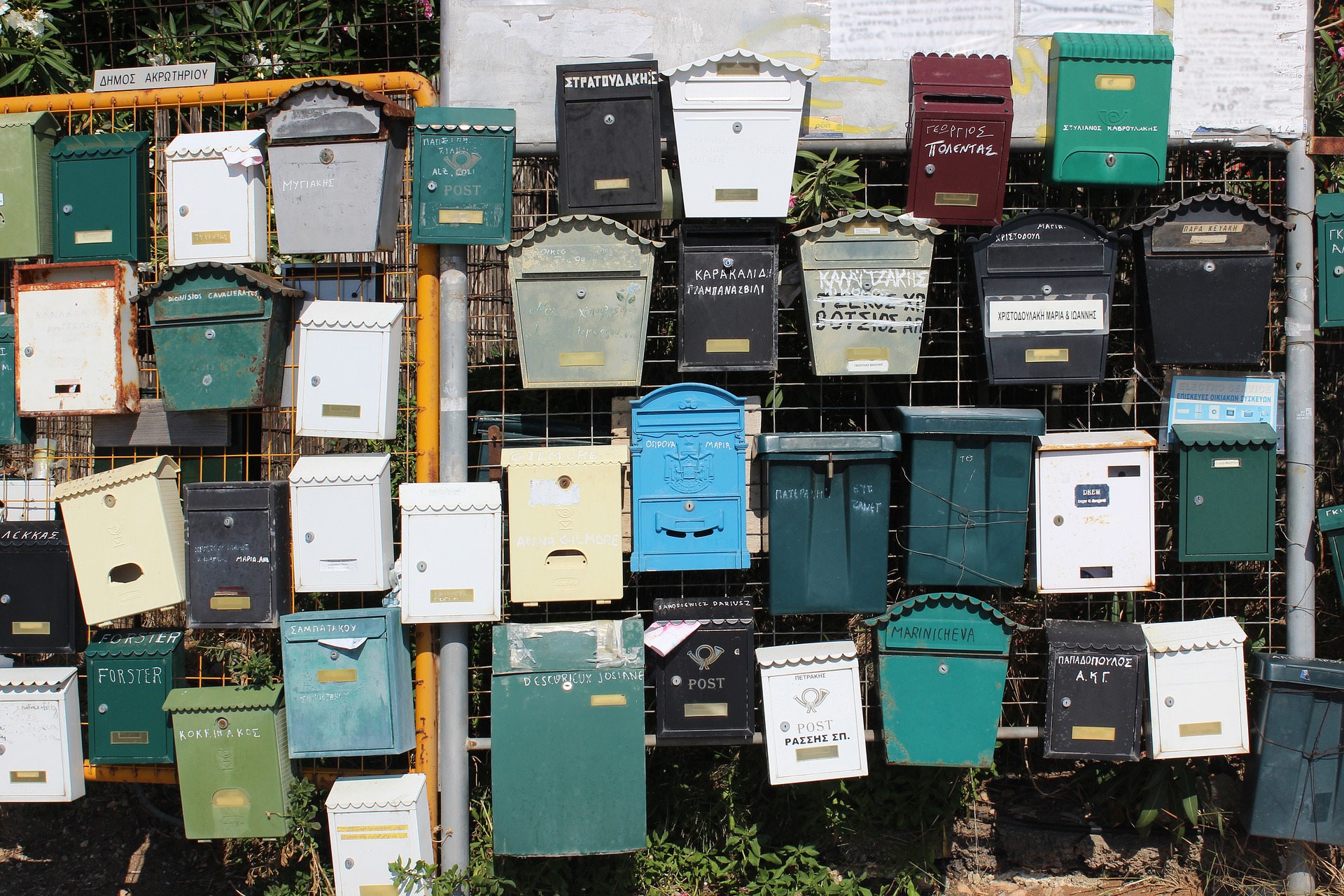Updated for February 2024!
This issue is impacting more people now that even stricter email protocols are in place. Bulk mail tools such as Email Octopus, Constant Contact and Mail Chimp are now requiring you make changes to your CNAME record and DMARC record to be able to send messages out.
Please note, while this is not a difficult task for us, if you have never made these changes before, you can cause significant problems if it is not done exactly right. We can help make sure your changes help you reach more of your clients.
You will probably need to make changes to your regular email tools also to ensure your emails do not go directly into the spam filters of people you are trying to communicate with.
Although this may feel like a technical blog, we want you to have the important information. If you need help, please give us a call or send us an email and we will be happy to assist you! After all, Digital Marketing means communicating and that is what we are here to help you do.
Wild Iris Marketing can help deliver your email successfully…
And here’s how.
 Physical mailboxes come in all types. Some hang just outside your front door. Some are the standalone box at the end of your driveway. Some are in a cluster at the end of the block. And some are even located remotely at the post office, or aren’t even a box at all, but rather just a slot in the front door. Much like physical mailboxes, internet mail protocols come in various formats and configurations. And exactly like physical mailboxes, they were designed a LONG time ago, they are old, and they do their best to maintain compatibility with your mail needs and ever-evolving email software.
Physical mailboxes come in all types. Some hang just outside your front door. Some are the standalone box at the end of your driveway. Some are in a cluster at the end of the block. And some are even located remotely at the post office, or aren’t even a box at all, but rather just a slot in the front door. Much like physical mailboxes, internet mail protocols come in various formats and configurations. And exactly like physical mailboxes, they were designed a LONG time ago, they are old, and they do their best to maintain compatibility with your mail needs and ever-evolving email software.
Unlike physical mailboxes that are just receivers, however, email boxes are also the senders of your mail, the envelope, and even the paper, which means email software has to do a lot more work than that box at the end of the driveway. Even if you drop a letter in that mailbox and put the red flag up so the postal worker will pick it up, you have still done the work to write the letter, address the envelope, and most importantly you add a return address to the the envelope so the recipient knows it came from you.
One of the jobs of your email software is to “add your return address” your email, authenticating to the recipient that you are who you claim you are. The problem is that there are very few ways to authenticate that fact. Because most email protocols are so old, in order to verify the email is coming from you, your machine, and/or your company, there are a number of hoops to jump through. In recent years, additional protocols have been created to help solve some of these problems, and even though these new protocols have been somewhat standardized, there’s been a lot of resistance by email software vendors to implement them.
Without these additional protocols, it’s possible for someone else to fake (spoof) emails, and make them appear to be coming from you, and or your company. Think about how many times you’ve seen emails in your mailbox purporting to be from a friend or a company you know, only to realize it’s a fake. This is how a lot of email forgers (spammers) get you to open their emails.
 We’ve all heard of spam. It’s more than a processed lunch meat product that comes in a little tin at the supermarket; it’s an email that you receive in your mailbox that you never requested, from people that you don’t know, generally trying to sell you their product.
We’ve all heard of spam. It’s more than a processed lunch meat product that comes in a little tin at the supermarket; it’s an email that you receive in your mailbox that you never requested, from people that you don’t know, generally trying to sell you their product.
There are also spammers out there who pretend to be you in order to get sensitive information such as account numbers or credit card details from your clients. This is called “phishing,” and is becoming a more prevalent way to try to obtain personally identifiable information (PII) through electronic impersonation. This usually happens through email crafted to appear to be from a real company (yours) or person (you), but is absolutely not. Everyone probably knows someone who has fallen for one of these phishing attacks.
Because spam currently accounts for nearly 85% of all email sent, larger email providers have finally taken to implementing some of these newer protocols to improve email security. But that means if those protocols aren’t set up on your end correctly (or at all), your legitimate emails could get flagged and end up in a junk or spam folder. While the intentions are good, and spam “scoring” systems are simply attempting to rid mailboxes of spam, they could be harming communications with your customers by marking your email as fake because you didn’t follow the protocols properly.
 AlphaPixel can help you configure your email servers so they are using the additional protocols needed to identify that emails coming from you and your company are authentic. These are technical configurations that the average (or even above average) user wouldn’t necessarily know how to do on their own such as:
AlphaPixel can help you configure your email servers so they are using the additional protocols needed to identify that emails coming from you and your company are authentic. These are technical configurations that the average (or even above average) user wouldn’t necessarily know how to do on their own such as:
- Configuring a Sender Policy Framework (SPF) on your mail server and domain name. This allows other mail servers receiving your emails to identify and -verify- that your messages are genuine.
- Configuring DomainKeys Identified Mail (DKIM) to cryptographically sign each email that you are sending through your email server.
- Configuring Domain-based Message Authentication, Reporting, and Conformance (DMARC) to help protect you and your customers from spoofing, spamming, and phishing. This tells other mail servers what to do with emails that are not actually from your company’s domain, potentially quarantining it or even tossing it into the trash.
Setting up and properly configuring these protocols help prevent your mail from being spoofed, which lets your customers using services like Outlook and Gmail know that your email is legitimate. And best of all, unless you have a major change in the way you’re doing things (changing email hosts, or newsletter providers), you only need to do this once.
AlphaPixel Reach’s pricing is reasonable, starting at $125, for a one-time “set it and forget it” fix by one of our knowledgeable staff.


